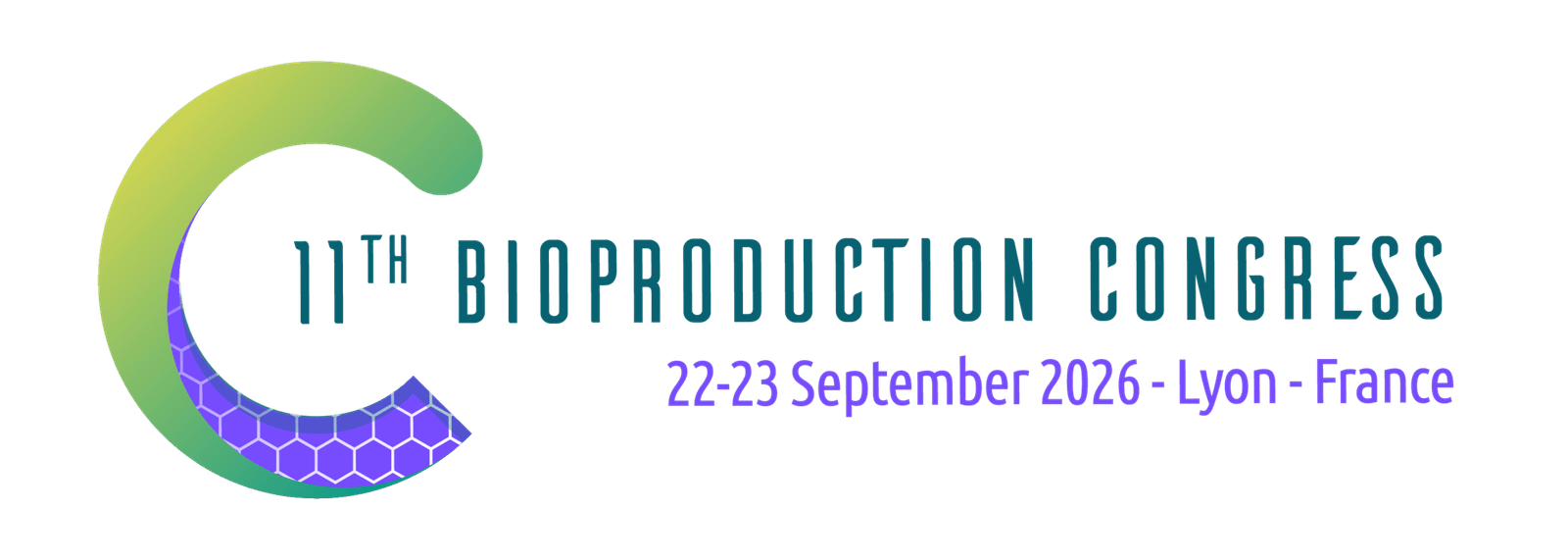VENUE

Cité Internationale – Centre de Congrès
50 Quai Charles de Gaulle
69006 Lyon
France
BY PLANE
The International Airport of Lyon Saint-Exupéry is at 30 min distance by car from the Convention Center – Cité Internationale.
The city center is connected to Lyon Saint-Exupéry Airport by the Rhônexpress (30 min journey).
BY Train
Lyon is served by two high-speed train (TGV) stations:
- Gare Lyon Part-Dieu (10-15 min by public transport from the Convention Center – Cité Internationale)
- Gare Lyon Perrache (20 min by public transport)
Indicative journey times to Lyon:
- Paris: 2 hours
- Geneva: 1 hour 45 min
- Brussels: 4 hours
BY Road
Lyon is at crossroads of several motorways, with the A6 from the north (Paris, Geneva), the A7 from the south (Marseille, Nice), the A43 from the east (Grnoble, Italy) and the A89 from the west (Clermont-Ferrant, Bordeaux).
To reach the Convention Center – Cité Internationale, take the exit « Porte de Saint-Clair » from the A6/A7 if coming from Paris or Marseille. Follow the signs for « Cité Internationale », which is located along the Rhône river in the 6th arrondissement.
The venue has 3 nearby car parks situated in the Convention Center – Cité Internationale, less than 3 min walk away:
P0 – 1,000 places, max height: 1.90m
P1 – 1,150 places, max height: 1.90m | Save 30% by reserving your parking space with OPnGO
P2 – 1,200 places, max height: 2.70m
BY Public transport
The Convention Center – Cité Internationale is served by several buses:
- C1 from Lyon Part Dieu Station – Cité internationale | Centre de Congrès stop
- C2 from Lyon Part Dieu Station – Cité internationale | Transbordeur stop
- C4 from Jean Macé metro station – Cité internationale | Centre de Congrès stop
- C5 from Cordeliers metro station – Cité internationale | Centre de Congrès stop
- C26 from Grange Blanche metro station – Cité internationale | Transbordeur stop
- Bus 70 from Lyon Part Dieu Station – Cité internationale | Transbordeur stop
Prepare your arrival beforehand and save time by clicking HERE.
Accommodation
There are nearly 1,000 rooms in Hotels near the Lyon Convention Centre, within 1 to 10 min walk. To find out about all the existing hotels and the new establishments scheduled to open, click HERE.
For more information on hotels and accommodation, please contact communication@mabdesign.fr
Exhibitor logistics
SITE Event Logistics has been appointed by MabDesign as the official international freight forwarder and on site ground handling contractor for this event.
A 10% discount is offered on all shipments through SITE Event Logistics to BIOPC2024.
For more information and get the discount code, contact communication@mabdesign.fr


